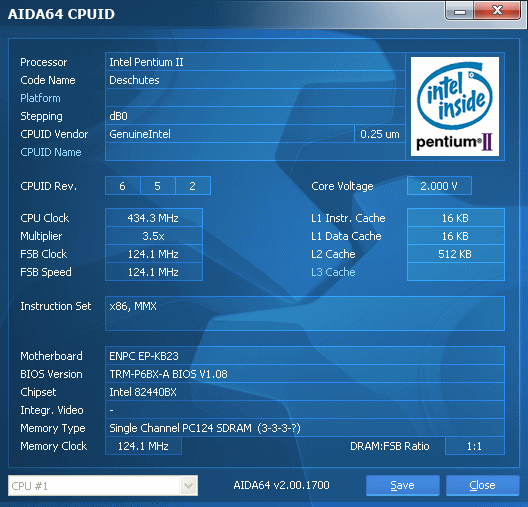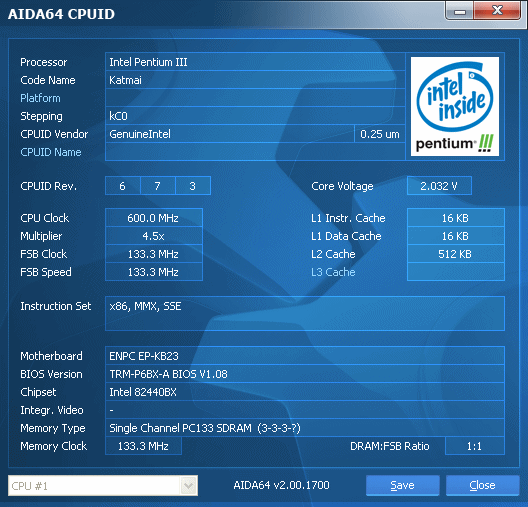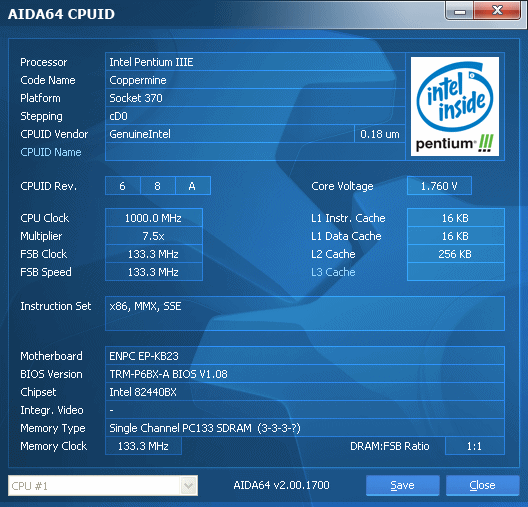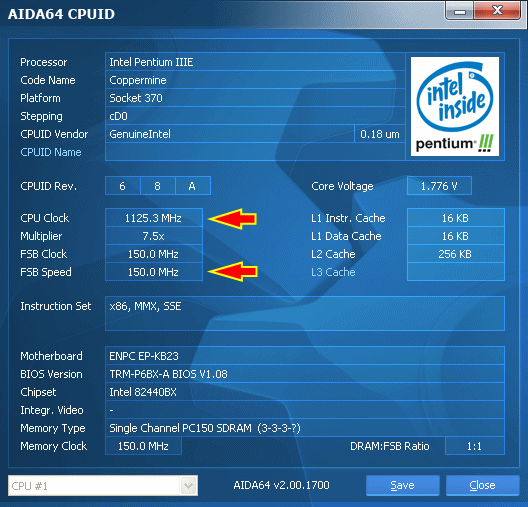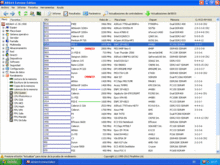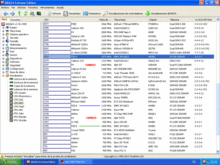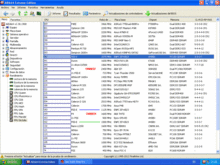sliderider wrote:
Yeah, tried those already. They might work for 768 MB-1 GB systems, but 2 GB of RAM (plus another 256 MB for VRAM)? Win98SE still wasn't stable. Apparently, the limit for Win98SE is around 1150 MiB (presumably system RAM and VRAM combined) before an overflow occurs and all hell breaks loose.
The patch in question is this one. Yes, it's rather expensive for what it is, but if you look on the MSFN forums some more, you'll find that a lot of people seem to be using that patch without complaints.
archsan wrote:Just be careful, you will need an IO controller (i.e. Southbridge chipset) that still supports ISA DMA, otherwise you will not b […]
Show full quote
Jorpho wrote:If I'm not mistaken, there is nothing inherent in the chipset that makes ISA support impossible; it's just a matter of finding a motherboard with the slot.
NamelessPlayer wrote:
You wouldn't think the later Intel 845, 875, and 945 chipsets would have ISA slots either, but they can. You just have to look into industrial motherboards rather than consumer ones, as I found out. Those are the ones that tend to have ISA slots on more modern platforms.
Just be careful, you will need an IO controller (i.e. Southbridge chipset) that still supports ISA DMA, otherwise you will not be getting any sound out of your old ISA sound cards since they need DMA to operate properly. For Intel-based motherboards, you will want ICH5 or previous generation Southbridge chipset. I will avoid 9xx chipset since usually they are paired with ICH "Express" family (ICH6 onward). IIRC, ISA DMA is also needed by DOS drivers (e.g. SB16 emulation) for some PCI sound cards to work properly.
If your target is _late DOS_ to Win9x era, you might be able to get away _without ISA_ at all. I'd recommend an Aureal Vortex2-based sound card with a good GM/GS daughterboard or external module. In that case you could even go with a P6/Tualatin descendant that can run over 3GHz+ easily under air cooling (in the form of Celeron Conroe-L, Pentium E or Core 2 Duo) with an LGA775/8xx-chipset motherboard such as the ASRock 775i65G board (865G/ICH5/AGP 1.5V, most recent revision 3.0 released in 2012) and you'll still be able to run Win98SE on it.
Of course a BX-based board is alright too if you're OK with the 1~1.4GHz limit after some careful selection of components (as Swaaye said, you're better off trying to install post-2000 games on a modern NT-based platform first anyway). And especially if you can get them for dirt cheap. Even though I had Northwood, P4/Netburst just isn't my favorite. I'll choose the more efficient Conroe-based Celeron any day. It still carries the "Tualatin spirit". 😀
Ah, so 875P is pretty much as recent as it gets for ISA slots that are usable for our purposes? Fine by me; anything more modern is probably overkill for most Win9x games (as if Pentium 4 at 3+ GHz wasn't overkill enough), plus PCI-Express graphics cards probably won't have Win9x drivers anyway, maybe unless they're GeForce 6 Series.
NetBurst is a rather crappy architecture, but I don't know of any Athlon XP or Athlon 64 boards with ISA slots, let alone ISA slots that support DMA.
As for getting by without any ISA sound cards...sure, I've got a Turtle Beach Montego II (Aureal Vortex 2), but then there's that whole matter of Eradicator being designed to utilize the EMU8000 on the AWE cards specifically for a sort of proto-EAX effect (it actually loads some sound effects as a SoundFont so the EMU8000 can process them), TFX being the one game to use the ASP/CSP, etc. It's for those fringe cases that I insist on having an actual AWE32/64 installed.
But maybe the SB Pro emulation will come in handy at some point, for all I know. I also won't have to worry about bugged MPU-401 interfaces with hanging/dropped notes (an infamous issue with most AWE32s) if I ever feel like bothering with MIDI daughterboards.
